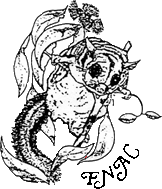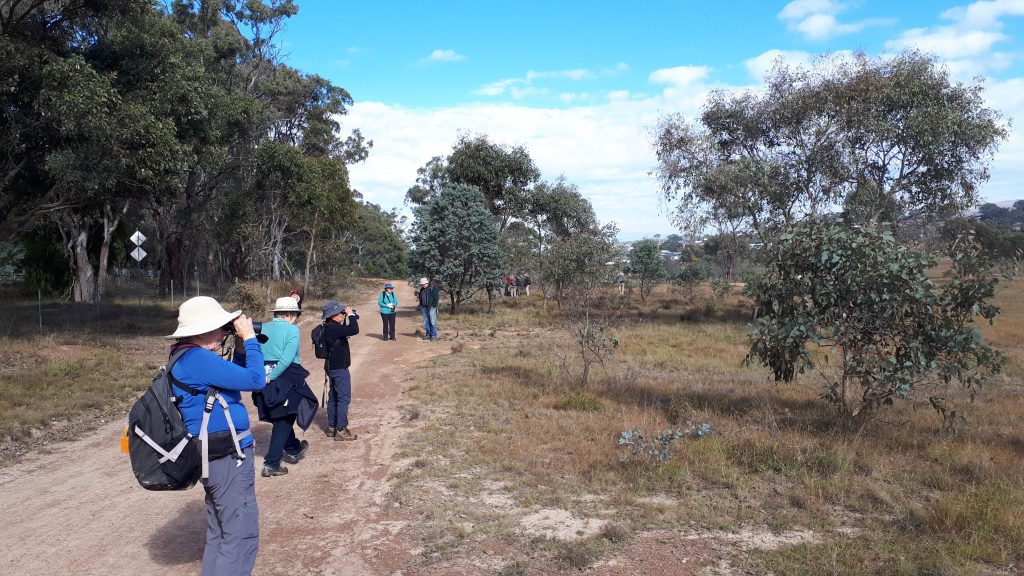

Kirsty led a group of 15 members through the northern end of Mulligans Flat on a trail along the ACT/NSW border. Google Maps shows it as being in Little Mulligans.
We started from the car park at the Trailhead to the Northern Border Campground. I wasn’t previously aware of this car park or of a campground within the area. Even before leaving the car park we were serenaded by a Grey Butcherbird, with distant Sulphur-crested Cockatoos and Galahs and Eastern Rosellas flying over head. There was of course, at least one obligatory kangaroo.
Entrance is via a style or a step-through gate,depending on your preference.
Despite a forecast of clouds and a possible shower, it was a bright sunny day, just perfect for an outing.
It was an easy, slow going walk with members spread out over a fair distance as each indulged in investigating their own area of interest.
Those investigating plants were the leaders of the pack, but my particular interest is in insects and invertebrates so a small group of us brought up the rear as we stopped to photograph our finds.
One of the first interesting finds was a Golden Orb Weaver spider. A bit further on we found another one with a smaller male nearby.
It is rather late in the year for the leaf beetles but I did find two small Acacia beetles and two species of leafhoppers, plus a couple of horned plant hoppers.
A more interesting sighting was a Tau Emerald Dragonfly sitting calmly in a Eucalyptus. The cool air was probably the reason it wasn’t flying around and sat perfectly still for many photos.
There are a number of tunnels built under the main road for animals to navigate under the boundary fence. These usually also included reed-filled pondage and we heard calls of the Common Eastern Froglet (Crinia signifera). Also among the reeds was a Superb Fairy Wren flitting about.
A two-tailed spider was nicely camouflaged on the trunk of a Eucalyptus and on the same tree were two tiny wasps, looking very much like winged ants.
Speaking of ants, there were a number, particularly of course, the meat ants that seem to be so prevalent in Canberra. One nest must have found a juicy morsel to feed on as there was a large column of ants heading down the track.
At our turn around point where we stopped for a snack, we spotted colourful pasture day moths (Apina callisto), which had everyone asking “What is it?”.
However, the two most exciting finds were a sighting of a Fan-tailed Cuckoo and another spider. We weren’t able to get great photos of the cuckoo due to its location behind a tree branch and even when it was sitting pretty on a bare branch, it was into the sun so mostly just a silhouette.
For me however, it was the jewel or Christmas spider. While the spider is reasonably common and I have photographed it a number of times and also photographed and even hatched, its egg sac, this was the first time that I have seen the spider actually on the egg sac. Whether it was guarding it or had just finished laying eggs, I’m not sure.
While there was a lot of interest in the birds, plants and invertebrates, a lot of people overlook some of the less obvious such as the variety of galls on the Eucalypts and Acacia trees.
Kevin made comment on the ground we were walking on with this comment:
“Spare a thought for the shale we saw in outcrop along the walk, deposited about 430 ± 5 million years ago. We were treading on ancient rocks to be sure. They were originally approximately flat, deposited in an ancestral Pacific Ocean but are now strongly tilted and uplifted, well above sea level. The Earth’s surface has been in constant motion, vertically and horizontally but that is of no concern to the birds we saw happily eking out a living or passing through on migration elsewhere.”
Amongst these rocks was something a little different, perhaps a chert, another hard metamorphosed sedimentary rock favoured by the original inhabitants of this country for making tools. This sample had been worked, maybe not enough to be used as a scraper, but exciting evidence of the aborigines who walked this same path some time in the last 20 thousand years.
Then there were the not so obvious lichens. It’s amazing just how much there is to see if you are paying attention and how much can be missed if you are focused on only one aspect of nature. We often forget about the geology and lichens but they are all a part of what makes up this wonderful country we live in.
Now that I know about this new area and the tracks, I look forward to coming back in spring or summer when the beetles and other insects should once again be active, to record the various species and other invertebrates. Perhaps I’ll make it a FNAC outing.
Thanks Kirsty for the interesting walk.
– Alison Milton
Photos: John Stein
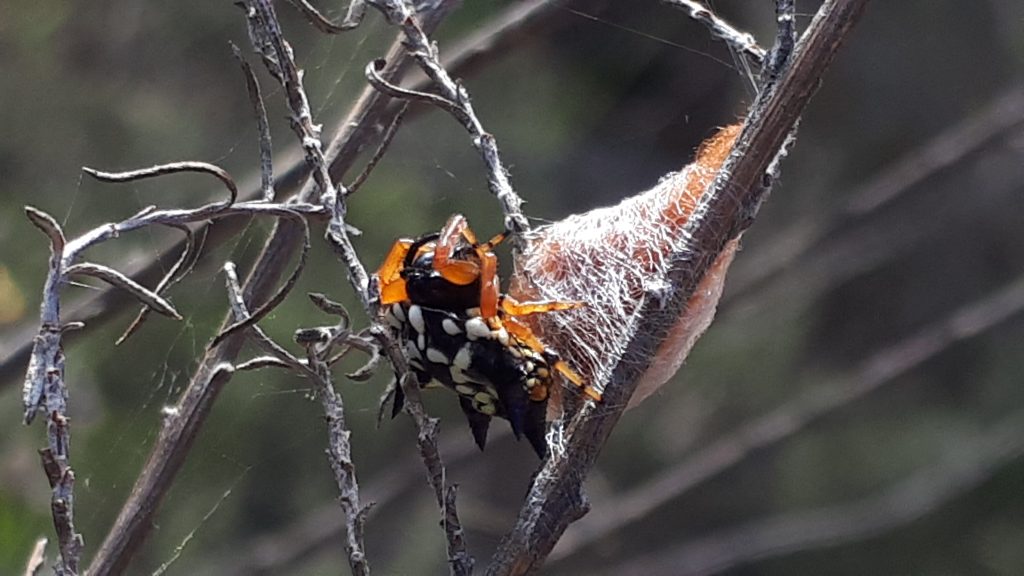
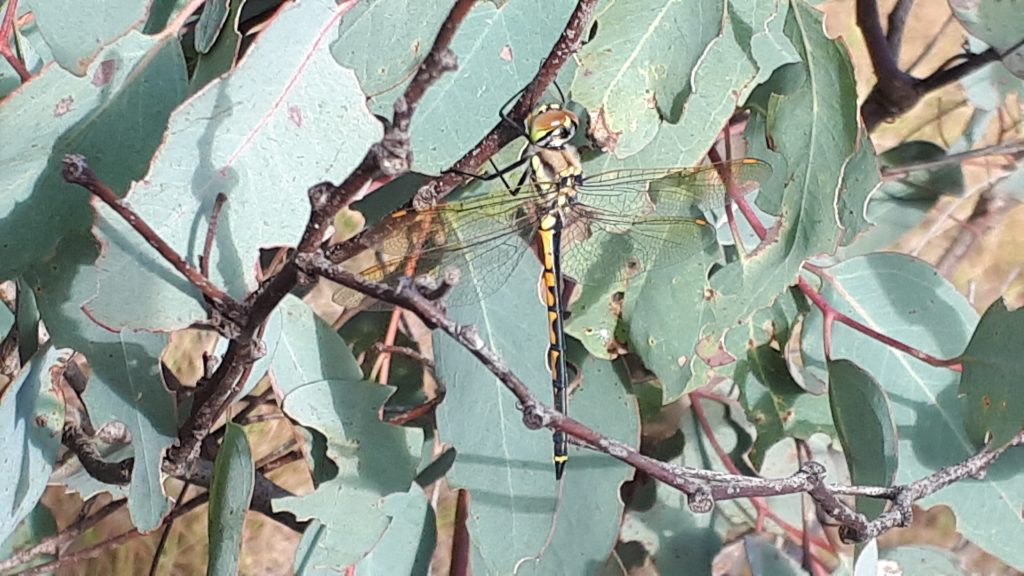
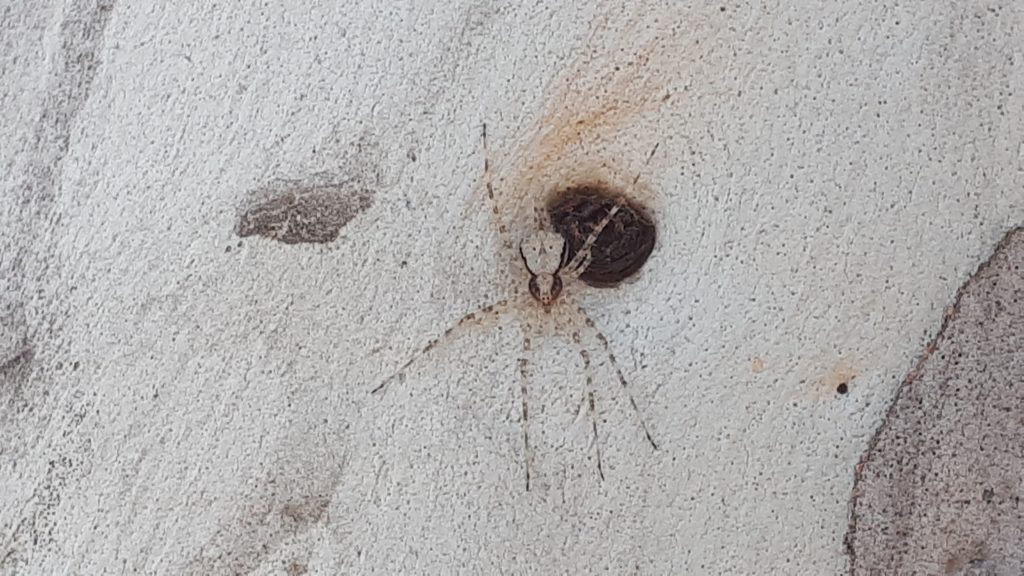
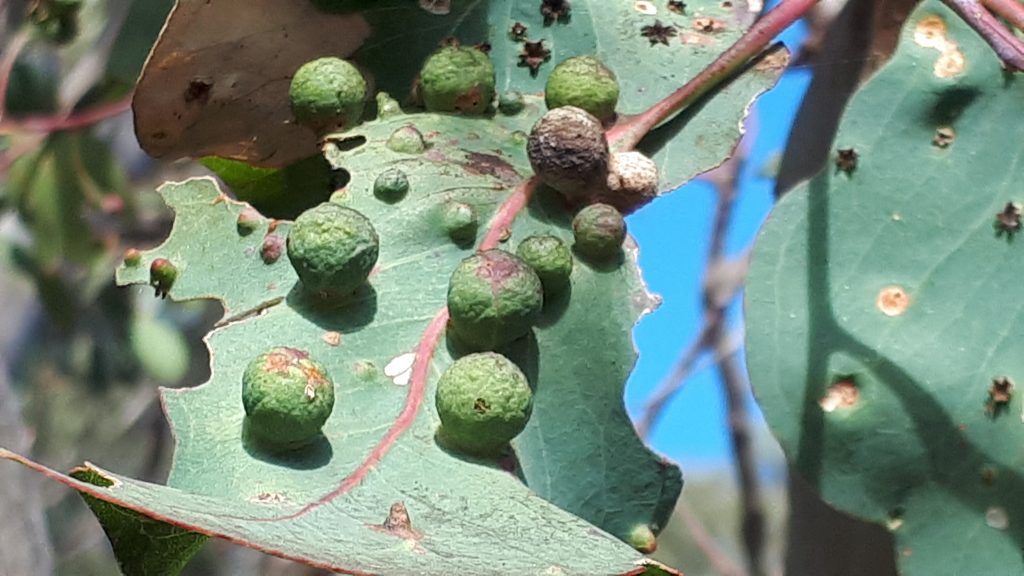
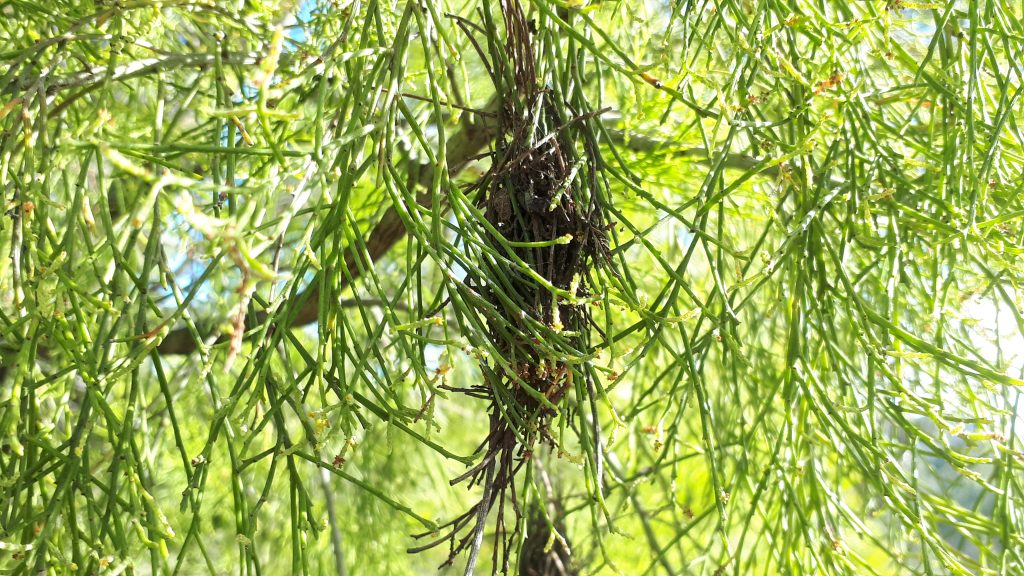
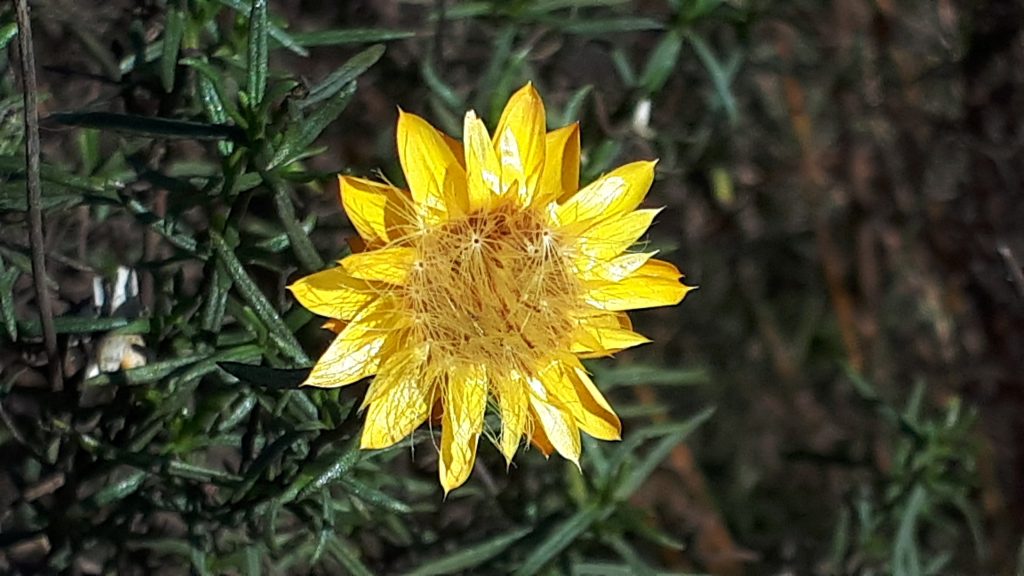
Following Photos: Kevin McCue
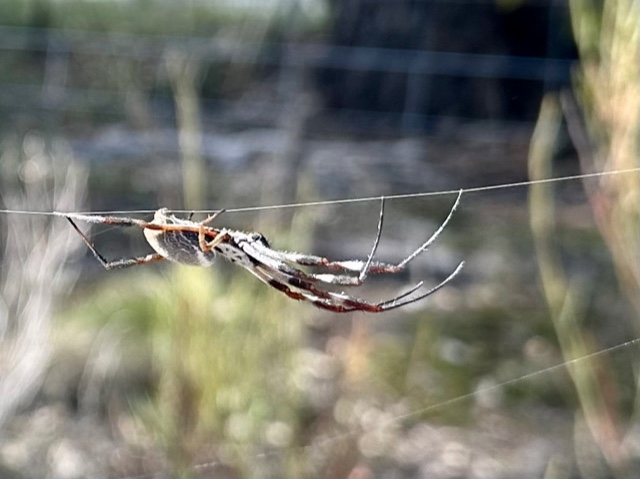
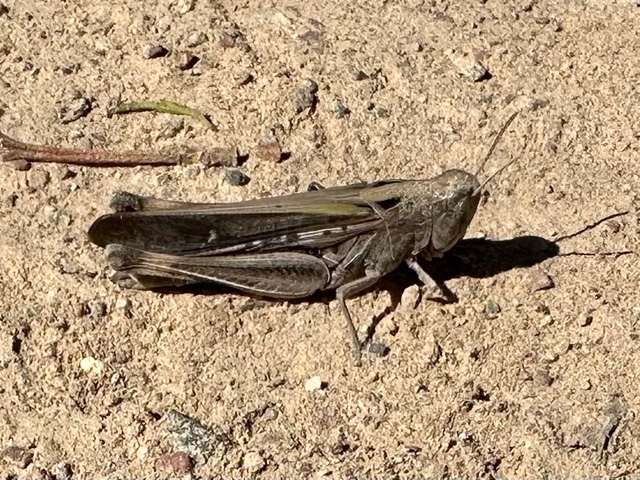


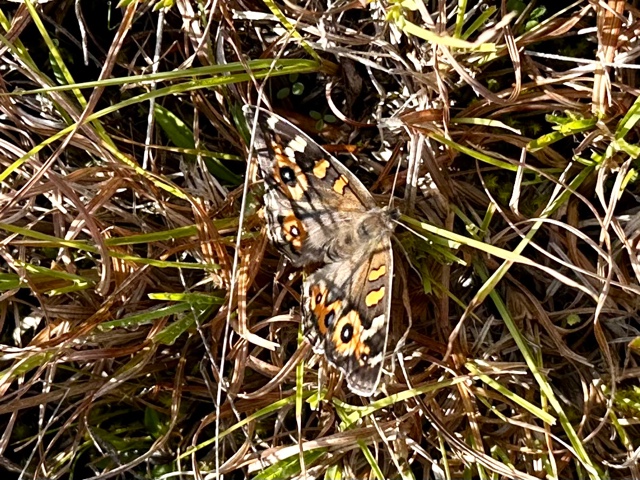

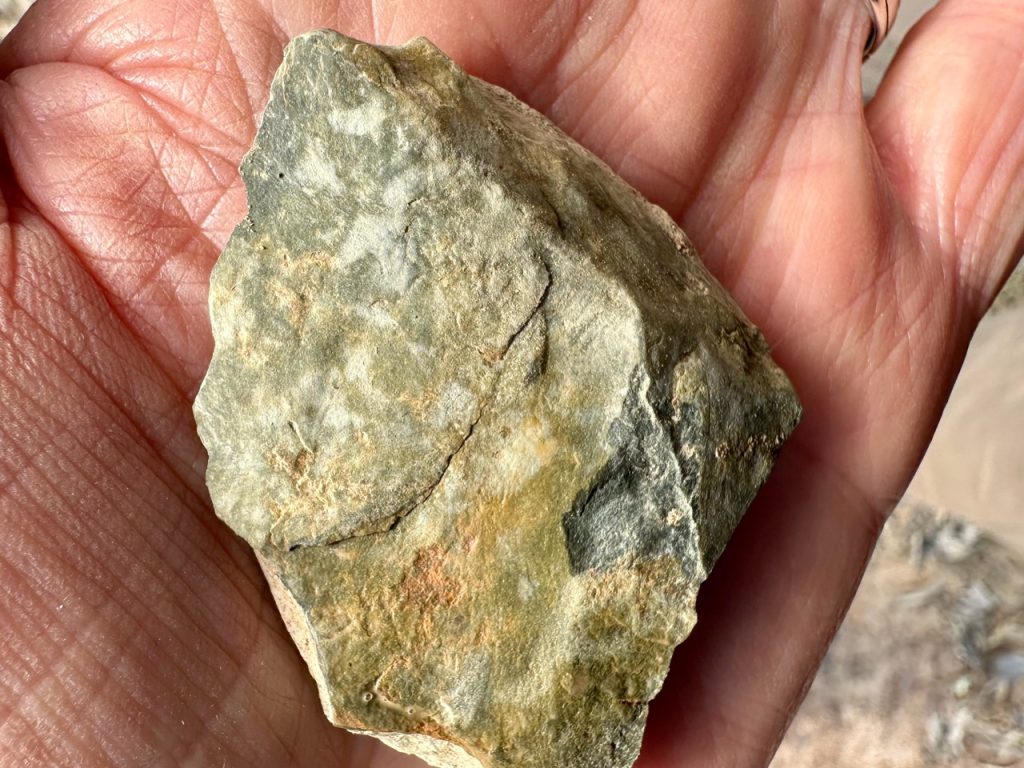
Sightings for the day:
Birds
Australian Magpie
Australian Raven
Black-faced Cuckoo-shrike
Buff-rumped Thornbills (heard)
Crested Pigeon
Crimson Rosella
Eastern Rosella
Fan-tailed Cuckoo
Galah
Golden Whistler
Grey Butcherbird
Grey Fantail
Grey Shrike-thrush
Magpie Lark
Noisy Miners
Pied Currawong
Red Wattlebird
Scarlet Robin (heard)
Sulphur-crested Cockatoo
Superb Fairy Wren
Weebill
White-eared Honeyeater
White-plumed Honeyeater (possibly)
Yellow-faced Honeyeater*
Yellow-rumped Thornbills
Regular flocks of 30 to 40 individuals emitting chip chip
calls, in typical fitful migrating flight flying, landing and
gathering in foliage, flying, landing, in one direction along
border ridge.
Plants
Acacia dealbata (Silver Wattle)
Acacia parramattensis
Chrysocephalum apiculatum (Common Everlasting)
Eucalyptus blakelyi (Blakely’s Red Gum)
Eucalyptus macrorhyncha (Red Stringybark)
Eucalyptus rossii (Inland Scribbly Gum)
Eucalyptus mannifera (Brittle Gum)
Exocarpos cupressiformis (Cherry Ballart)
Typha orientalis (Bulrush)
Themeda triandra (Kangaroo Grass)
Xerochrysum viscosum (Sticky Everlasting)
Other
Three grasshoppers
Two leaf/planthoppers
Two Acacia beetles
One weevil
Two wasps
One dragonfly
At least three moths, including Apina callisto (Pasture Day Moth)
Four butterflies –
Heteronympha merope (Common Brown Butterfly)
Junonia villida (Meadow Argus)
Zizina labradus (Common Grass-Blue Butterfly)
Pieris Rapae (Cabbage White)
Three spiders
One frog, Crinia signifera (Common Eastern Froglet)
At least two species of ants
At least two species of lichen
A variety of galls
